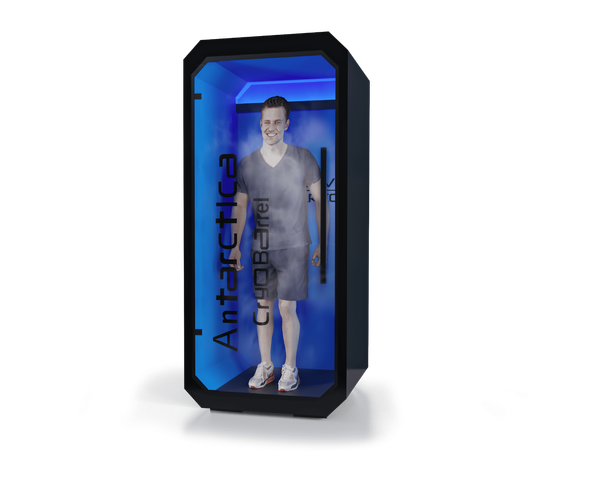IAM Solutions Benefits for Healthcare Enterprise
Identity and Access Management system for Healthcare Enterprise
Table of Content
What is an IAM system solution?
An IAM system is a framework of policies, processes, and technologies that manage and secure digital identities and their access to enterprise resources. IAM systems provide a way to control access to sensitive information by ensuring that only authorized individuals have access to it.
The system enables organizations to manage user identities, authenticate users, and control user access to enterprise resources such as applications, data, and services.
How does IAM system work?
IAM systems typically work by establishing a central directory of user identities and access rights. When a user attempts to access a resource, the IAM system authenticates their identity and checks their access permissions.
The system may use a variety of authentication methods, such as passwords, biometrics, or multi-factor authentication, to verify the user's identity. Once authenticated, the IAM system grants the user access to the requested resource according to their access permissions.
IAM systems may also include features such as user provisioning, role-based access control, and access certification to help manage and secure user identities and access rights.
Primary features for IAM system
Primary features of an IAM system include:
- Authentication: Verifying the identity of users and devices accessing enterprise resources.
- Authorization: Controlling access to enterprise resources based on the user's identity, role, and other factors.
- User provisioning: Managing the creation, modification, and removal of user accounts and access rights.
- Single sign-on (SSO): Allowing users to authenticate once and access multiple resources without re-entering their credentials.
- Multifactor authentication (MFA): Providing an additional layer of security by requiring users to provide multiple forms of authentication.
- Access certification: Ensuring that users have the appropriate access to resources by periodically reviewing and certifying access rights.
- Identity governance: Managing user identities and access rights throughout the identity lifecycle, including identity creation, modification, and deactivation.
Benefits of using IAM system for enterprise
The benefits of using an IAM system for an enterprise include:
- Improved security: IAM systems help ensure that only authorized personnel have access to sensitive information, reducing the risk of data breaches and other security incidents.
- Increased efficiency: IAM systems automate user provisioning and de-provisioning, reducing the risk of errors and delays and improving operational efficiency.
- Compliance with regulations: IAM systems can help organizations comply with regulatory requirements such as HIPAA, GDPR and other privacy regulations.
- Cost savings: IAM systems can help reduce the costs associated with managing user identities and access rights, such as IT support and help desk services.
- Improved user experience: IAM systems can provide users with a seamless and consistent experience across multiple applications and services, reducing the need for multiple usernames and passwords.
Why hospitals and healthcare services require IAM solution
Hospitals and healthcare services require IAM solutions to ensure the security and privacy of patient information. IAM systems help control access to sensitive information and ensure that only authorized personnel have access to it. This is particularly important in healthcare, where patient data is highly sensitive and subject to regulatory requirements such as HIPAA.
IAM systems can also help improve operational efficiency by automating user provisioning and de-provisioning, reducing the risk of errors and delays. Overall, IAM solutions are essential for healthcare organizations to protect patient data and comply with regulatory requirements.
Final thought
Effective IAM is crucial for healthcare organizations because it allows for secure access to patient information and other sensitive data. It helps ensure that only authorized personnel have access to this information and that it is protected from unauthorized access, theft, or loss.
In addition, IAM can improve operational efficiency by automating user provisioning and de-provisioning, reducing the risk of errors and delays. It can also help organizations comply with regulatory requirements such as HIPAA and other privacy regulations.
Let me know if you have any questions or if there's anything else I can help with!










